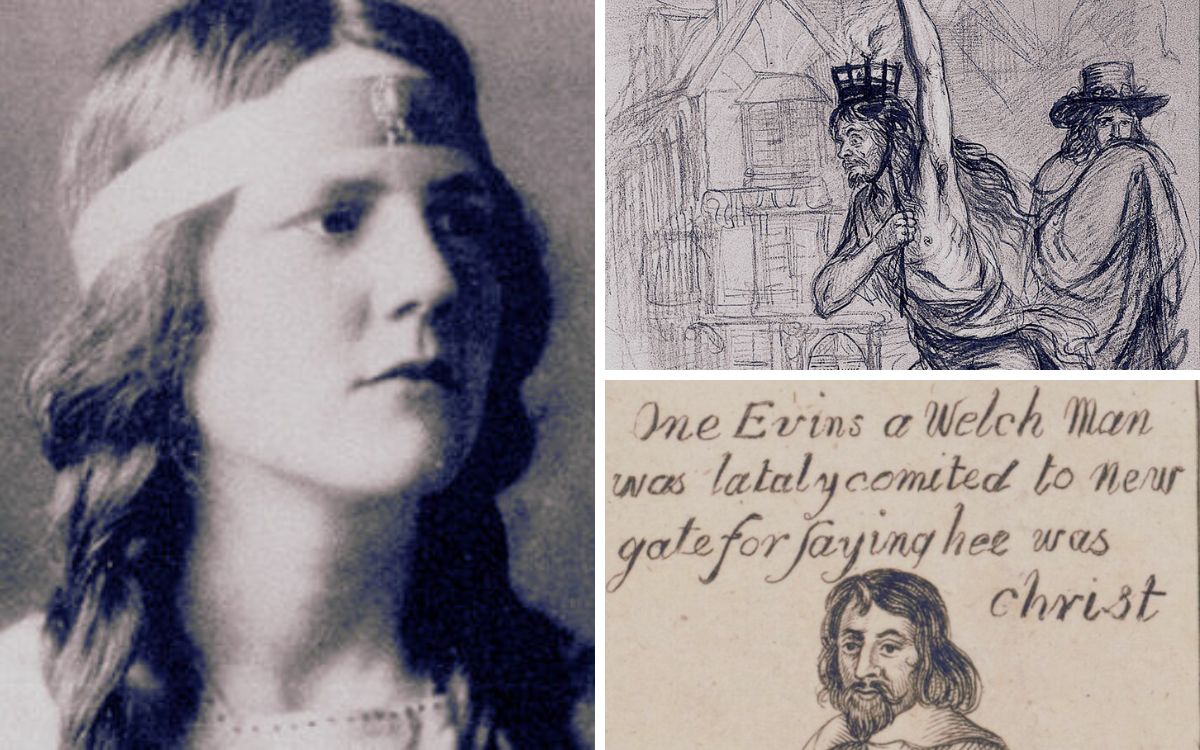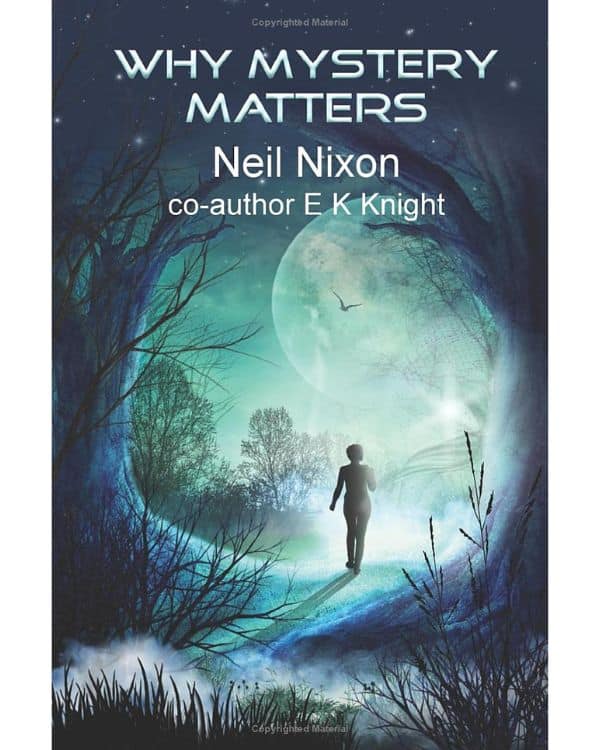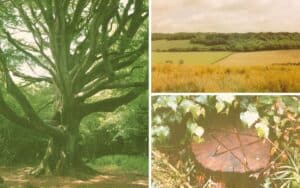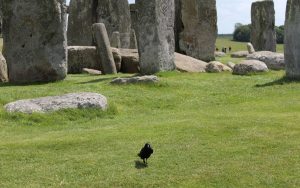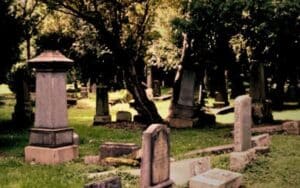The fabric of British cultural history is interwoven with tales of mystics, misfits, and madmen, each contributing to the nation’s fascination with the paranormal, write NEIL NIXON
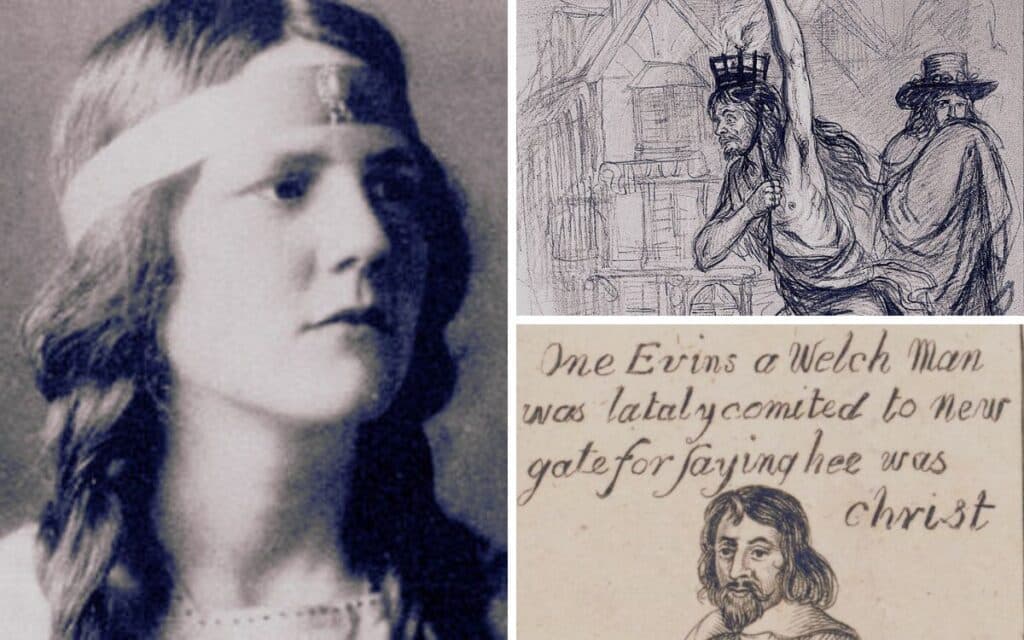
British cultural history has produced countless written and reported accounts of paranormal encounters, what follows are a few lesser-celebrated events in that rich archive.
Mystics
My recent book Why Mystery Matters (co-written with E K Knight) involved researching mankind’s long-term relationship with all things mystic, spoiler alert: there’s no historical evidence we lived in a time before mystery fascinated us.
The oldest written accounts and creation myths frequently focus on mystical events and by the time publishing in any recognisable form was established, first hand accounts of mystical events were soon a staple of the most popular stories.
England’s “mediaeval mystics” formed a first generation of writers reporting from the front-line of altered consciousness, with Margery Kempe (c.1373–c.1438) arguably the most famous, her one-to-one encounters with Jesus and lengthy series of divine revelations began after the birth of her first child.
Jesus appeared “most beauteous, and most amiable that ever might be seen with man’s eye, clad in a mantle of purple silk, sitting upon her bed’s side, looking upon her with so blessed a cheer that she was strengthened in all her spirits…”
As early as 1545, one of Britain’s undisputed nature classics – Toxophilus by Roger Ascham – spoke of the author feeling himself mystically part of the universe as he watched the wind blow powdery snow over a hard-frozen drift: “the wynde blewe, it toke the lowse fnow with it, and made it so slide upon the snowe in the felde whyche was harde and crufted by reason of the frost ouer nyght, that thereby I myght fe verye wel, the hole nature of the wynde as it blew yat daye.”
The sense of possession – either by spirit or simply by being overwhelmed by the surroundings has been consistently part of nature writing.
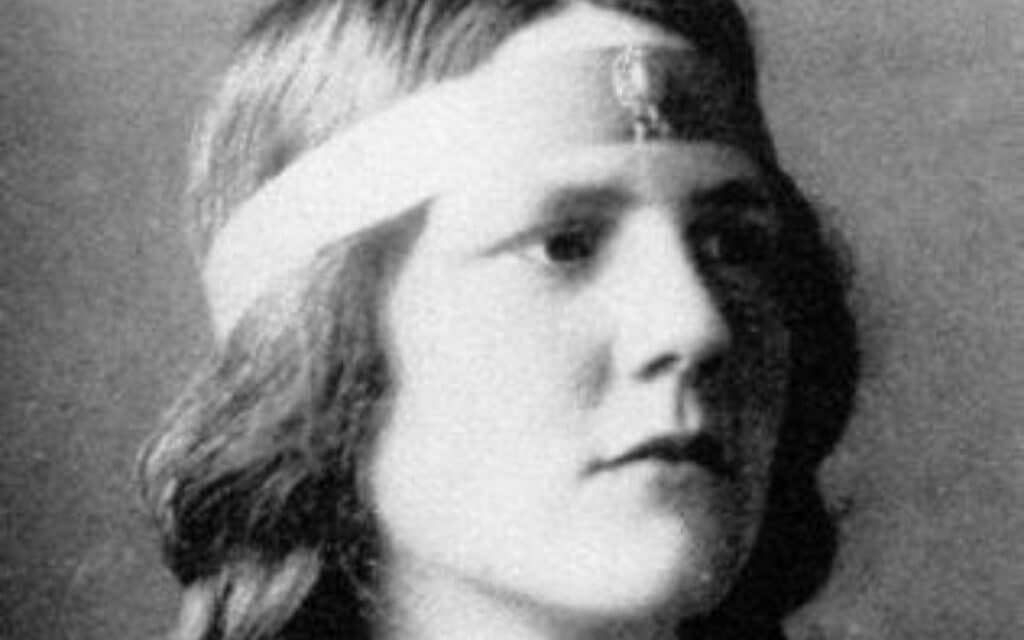
Nan Shepherd’s The Living Mountain was written in the 1940s but not published until 1977.
This strangest of travelogues catalogues years spent wandering without set routes over one particular section of the Cairngorm Mountains to the point where the landscape itself emerges as a living entity, Shepherd aware of it as a character.
In the concluding chapter she sees this relationship as a gateway to understanding the unknown: “There must be many exciting properties of matter that we cannot know because we have no way to know them…These moments come unpredictably, yet governed, it would seem, by a law whose working is dimly understood.”
Misfits
Nan Shepherd was an academic and writer with the connections and skills to present her arguments acceptably. Sometimes that ability is the only dividing line between a mainstream reporter of a strange experience, and someone labelled a misfit.
A few high-profile and highly functional misfits (i.e., those for whom managing a life based on their own eccentricities has proven lucrative) have candidly reported paranormal encounters.
The autobiographies of some rock stars include such claims, Morrissey travelling in a car on a wild night on Saddleworth Moor saw a ghost, Lemmy – long before his mind-expanding days in Hawkwind – saw a UFO appear over the horizon, stop in the sky and then shoot off at incredible speed.
Britain’s biggest rock names – including John Lennon, and Keith Richards – reported UFO encounters, details of which are easily found online, whilst predictably, perhaps – what might amount to a route one ghost encounter as far as Spooky Isles is concerned occurred 50 years ago as another bunch of outsiders, Black Sabbath recorded their awesome Sabbath Bloody Sabbath album at Clearwell Castle in Wales. Singer Ozzy Osbourne and guitarist Tony Iommi saw a black cloaked figure in a corridor and followed it into the castle’s armoury, where the band rehearsed, only to discover the room empty. The castle’s owners were – apparently – familiar with their regular guests.
For some their very misfit status becomes the basis of their notoriety, whatever else they hoped to be remembered for.
Two examples, centuries apart will suffice here. Solomon Eccles (aka Solomon Eagle) was already misfitting spectacularly, and facing prosecution for his worshipping habits by the time London’s great plague pushed his eccentricities into overdrive.
His subsequent spell of proclaiming doom whilst running around with a helmet full of burning charcoal makes for one of the liveliest character studies in Daniel Defoe’s A Journal of the Plague Year (1722). It also appears to have inspired the dress of rock singer Arthur Brown.
London cabbie George King was in his flat in 1954 when he received notification that he was to become an Earthly representative in the interplanetary parliament. Holdstone Down in Devon, where King met the space-being the Master Aetherius remains a holy site for the Aetherius Society to this day.
Madmen
Eccles and King have drawn a lot of accusations relating to their mental health but they’re part of a great tradition of outliers whose incredible claims went hand-in-hand with a lifetime of sincerely defending their experiences, and the gathering of followers prepared to share the beliefs.
Our history contains many more examples, Arise Evans (1607–c.1660) who left Wales for London after a series of prophetic and religious visions.
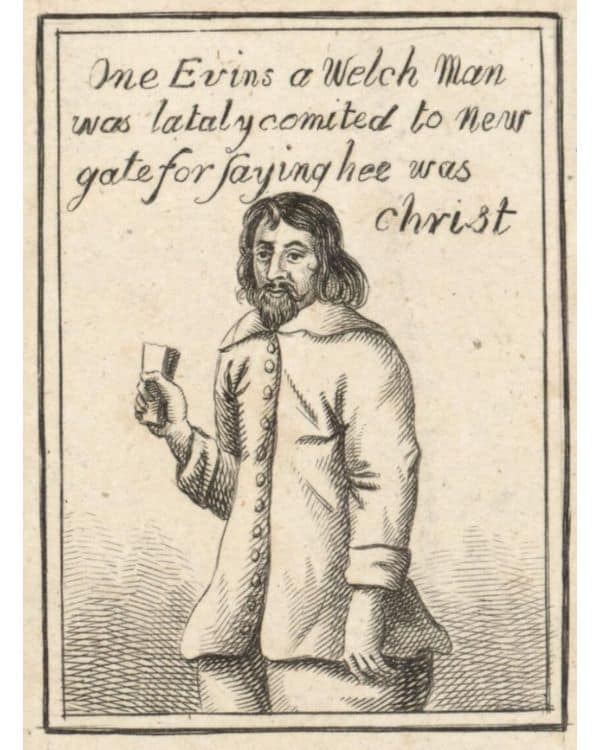
Predictions later claimed for him included attempting to warn Charles I of the dangers he was facing and to have told the Earl of Essex to his face that he would be blessed with promotion.
He was rewarded with arrest (including for impersonating Jesus Christ) and abuse.
Britain is home to a handful of recent sufferers of the thankfully rare Cotard’s Syndrome characterised by anxious melancholia, delusions of non-existence concerning one’s own body (up to and including living people considering themselves dead), and British clinical literature continues to feature cases.
Demonic possession is far from done either, the sad case of 26-year-old Kennedy Ife who died during a family-organised exorcism in Enfield in 2016 being one of several where malign spirits were suspected.
Ife had bitten his father and threatened to cut off his own penis, had his family sought medical rather than church help the outcome may have been different.
Buy Why Mystery Matters, by Neil Nixon co-written with E K Knight, at Amazon

